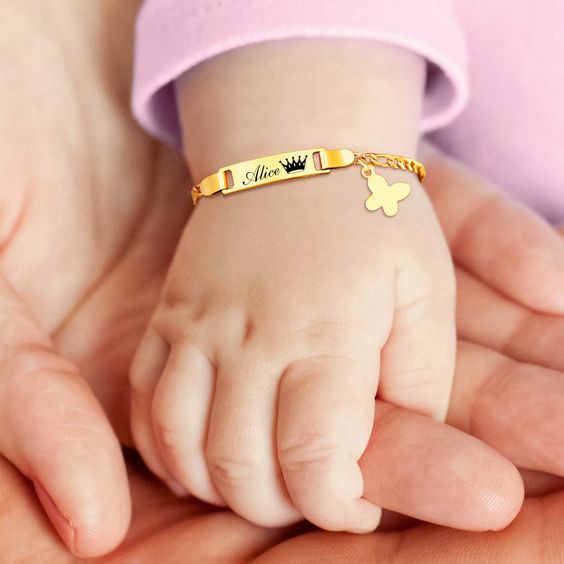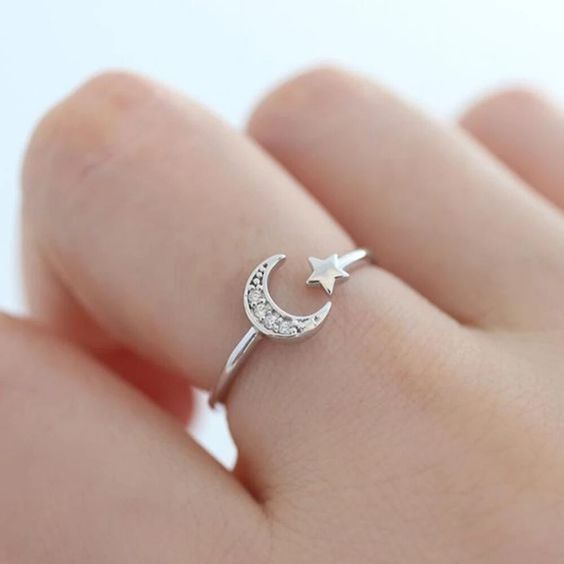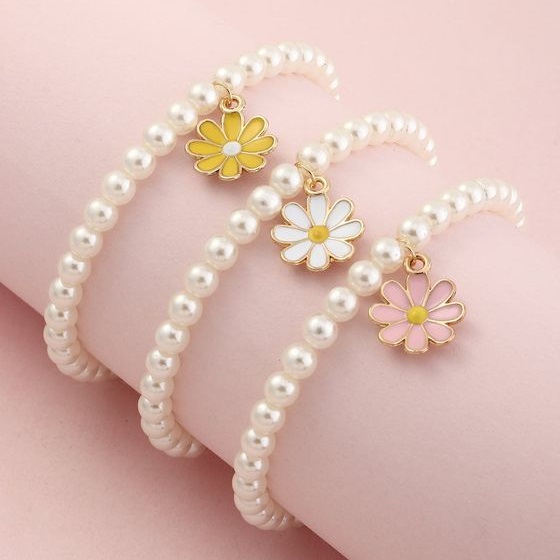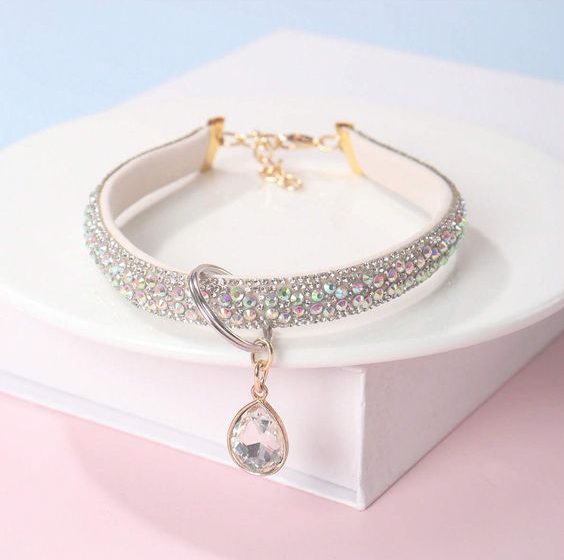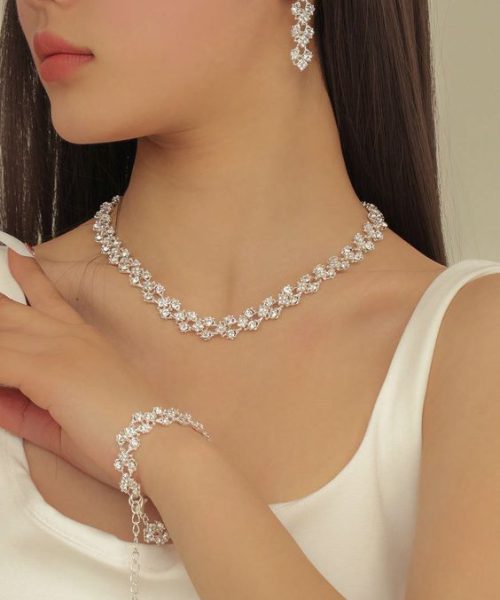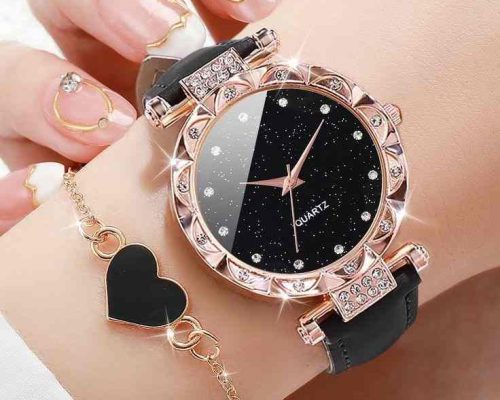Page table of contents
Introduction
Jewelry has always held a special place in the hearts of people across the globe. Beyond its aesthetic appeal, jewelry serves as a powerful symbol of cultural identity, heritage, and tradition. Throughout history, different cultures have contributed to the evolution of jewelry design, infusing it with unique styles, materials, and meanings. In this article, we will explore the cultural significance of jewelry, examining how various cultures have influenced its design and how it is used in rituals and traditions.
The Influence of Ancient Civilizations
Ancient Egypt: The Land of Pharaohs and Precious Gems
One cannot discuss the cultural significance of jewelry without mentioning the ancient Egyptians. The Egyptians were renowned for their exquisite craftsmanship and their use of precious gems and metals. From the iconic scarab beetle amulets to the elaborate gold necklaces worn by pharaohs, jewelry played a vital role in Egyptian society. It symbolized power, wealth, and protection, both in this life and the afterlife.
Mesopotamia: The Birthplace of Civilization and Jewelry
Mesopotamia, often referred to as the cradle of civilization, was another culture that greatly influenced jewelry design. The Mesopotamians were skilled artisans who crafted intricate pieces using materials such as gold, silver, and lapis lazuli. Jewelry in Mesopotamia served various purposes, including religious and social significance. It adorned both men and women and was often worn as a symbol of wealth and status.
Ancient Greece: The Birthplace of Elegance and Symbolism
The ancient Greeks were renowned for their love of beauty and their mastery of symbolism. Greek jewelry design was characterized by intricate patterns, delicate filigree work, and the use of precious gemstones. Jewelry in ancient Greece was not only a fashion statement but also held deep symbolic meanings. For example, the olive wreath, worn as a crown, symbolized victory and honor.
Cultural Influences in Modern Jewelry Design
Indian Jewelry: A Tapestry of Colors and Symbolism
India, with its rich cultural heritage, has had a profound impact on the world of jewelry design. Indian jewelry is known for its vibrant colors, intricate designs, and the use of precious gemstones such as rubies, emeralds, and diamonds. Each piece of Indian jewelry tells a story, reflecting the diverse traditions and beliefs of the country. From the elaborate bridal sets to the intricately crafted temple jewelry, Indian designs continue to captivate the world.
Native American Jewelry: A Connection to the Earth and Spirituality
Native American jewelry is deeply rooted in the spiritual beliefs and traditions of the indigenous peoples of North America. The use of natural materials such as turquoise, coral, and silver is prevalent in Native American designs. Each piece of jewelry carries spiritual significance, representing the connection between the wearer and the natural world. From the intricate silverwork of the Navajo to the beadwork of the Lakota, Native American jewelry is a testament to the rich cultural heritage of the tribes.
African Jewelry: A Celebration of Heritage and Identity
Africa is a continent known for its diverse cultures and traditions, and its jewelry reflects this diversity. African jewelry is characterized by bold designs, vibrant colors, and the use of materials such as beads, shells, and metals. Each piece of African jewelry carries deep cultural significance, representing aspects of identity, social status, and spirituality. From the intricate goldwork of the Ashanti to the beadwork of the Maasai, African jewelry is a celebration of heritage and tradition.
Jewelry in Rituals and Traditions
Wedding Jewelry: Symbolizing Love and Union
Weddings are a universal celebration of love and union, and jewelry plays a significant role in these joyous occasions. In many cultures, wedding jewelry is adorned with symbols of fertility, prosperity, and protection. From the intricate henna designs on Indian brides’ hands to the exchange of wedding rings in Western ceremonies, jewelry serves as a tangible representation of the couple’s commitment and love.
Religious Jewelry: Expressing Faith and Devotion
Religion has always been intertwined with jewelry, as it provides a tangible way for individuals to express their faith and devotion. Crosses, crucifixes, and rosaries are common symbols in Christian jewelry, while the Star of David holds significance in Jewish jewelry. In Hinduism, necklaces adorned with deities’ pendants are worn as a symbol of devotion. Religious jewelry serves as a reminder of one’s beliefs and acts as a source of spiritual strength.
Ritualistic Jewelry: Channeling Energy and Protection
In many cultures, jewelry is used in rituals and ceremonies to channel energy, provide protection, and ward off evil spirits. Talismans, amulets, and charms are worn as protective symbols, believed to bring good luck and ward off negativeenergies. In ancient cultures, such as the Celtic and Norse traditions, jewelry was intricately designed with symbols and runes to invoke specific energies and offer protection to the wearer. These pieces were often passed down through generations, carrying the power and history of the family.
Commemorative Jewelry: Honoring Life’s Milestones
Jewelry also plays a significant role in commemorating important milestones and events in one’s life. From birth to death, jewelry is used to mark these significant moments. Baby bracelets and pendants are often given as gifts to celebrate the birth of a child. Graduation rings and pendants are worn to commemorate educational achievements. And memorial jewelry, such as lockets containing ashes or hair, is used to remember and honor loved ones who have passed away. These pieces serve as tangible reminders of cherished memories.
Frequently Asked Questions (FAQ)
Q1: How does cultural influence impact jewelry design?
Cultural influence plays a crucial role in shaping jewelry design. Different cultures bring their unique aesthetics, materials, and symbolism to the craft, resulting in a diverse range of styles and designs. Cultural influence also ensures that jewelry remains deeply rooted in tradition and heritage, preserving the stories and values of a particular culture.
Q2: What are some popular gemstones used in cultural jewelry?
Many cultures have their preferred gemstones that hold cultural significance. For example, rubies and emeralds are highly valued in Indian jewelry, while turquoise is prominent in Native American designs. Jade holds great importance in Chinese culture, and diamonds are often associated with Western luxury.
Q3: How can jewelry be used as a form of self-expression?
Jewelry allows individuals to express their personal style, beliefs, and cultural identity. By wearing specific pieces, people can showcase their individuality, values, and affiliations. Whether it’s a religious symbol, a birthstone, or a piece that represents their heritage, jewelry serves as a powerful form of self-expression.
Q4: What is the significance of jewelry in cultural rituals and traditions?
Jewelry plays a vital role in cultural rituals and traditions. It is often used to symbolize important life events, such as weddings, births, and coming-of-age ceremonies. Jewelry is also used in religious ceremonies to express devotion and faith. Additionally, jewelry can serve as a form of protection, channeling positive energies and warding off negativity.
Q5: How can one appreciate and respect the cultural significance of jewelry?
To appreciate and respect the cultural significance of jewelry, it is important to educate oneself about the specific cultural traditions and meanings associated with different pieces. Understanding the symbolism and historical context behind jewelry allows for a deeper appreciation of its cultural significance. Additionally, it is essential to purchase jewelry from reputable sources that respect and support the artisans and communities behind the craft.
Conclusion
Jewelry is more than just a fashion accessory; it is a reflection of culture, heritage, and personal expression. The influence of different cultures on jewelry design has resulted in a rich tapestry of styles, materials, and meanings. From the ancient civilizations of Egypt and Mesopotamia to the vibrant traditions of India, Native America, and Africa, jewelry continues to play a significant role in rituals, traditions, and self-expression. By understanding and appreciating the cultural significance of jewelry, we can celebrate the beauty and diversity of human creativity throughout history and across the globe.
Remember, jewelry is not just an adornment; it is a story waiting to be told.
Keywords: jewelry design, cultural significance, ancient civilizations, ancient Egypt, Mesopotamia, ancient Greece, Indian jewelry, Native American jewelry, African jewelry, wedding jewelry, religious jewelry, ritualistic jewelry, commemorative jewelry













































